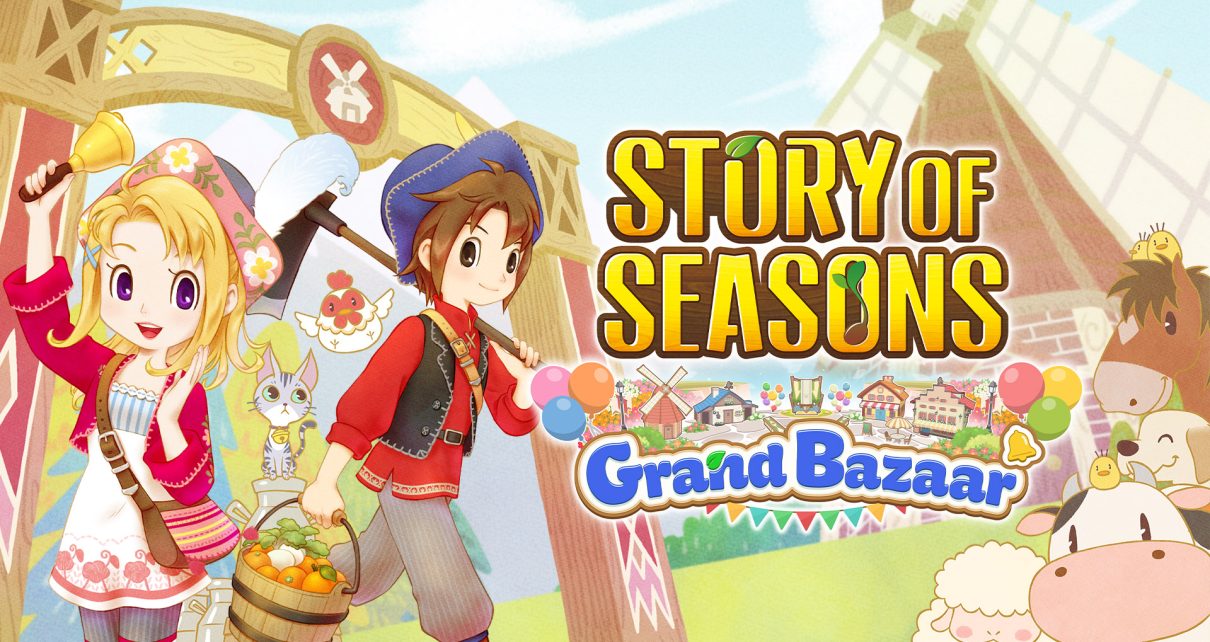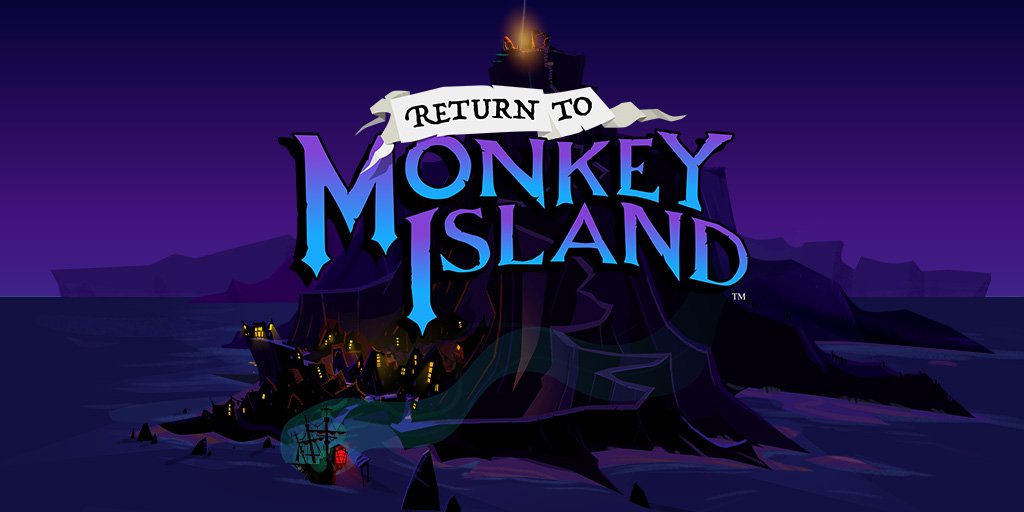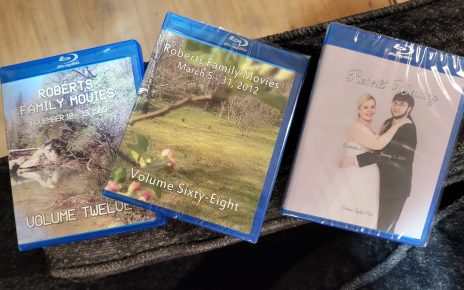I’m a longtime Story of Seasons fan, having started out with Harvest Moon 64 back in the early 2000s. I dipped out of the series for a time after the GameCube release of A Wonderful Life (check out my AWL remake review here), but made a return to the series after Stardew Valley re-initiated my farming craze.
I make it a point to check out every SoS release, usually the ones that hold nostalgic value for me. I also tend to play them in a rather unique manner. I allocate one in-game day per real-life day. It means I often don’t complete the game for a year or more, but it lends a more authentic life-sim experience. Finishing one of these games after playing it over the course of years, feels a lot like putting down a great novel. The characters and world has become such a regular part of my daily life, that I actively miss it. At least until I pick up the next farming game.
When I picked up the newest remake in the Story of Seasons franchise, Story of Seasons: Grand Bazaar, I had zero expectations. I never played the original on DS and was not even aware that it was mostly disregarded by fans. The removal of the shipping bin felt like an affront to tradition. The freshness system meant you were scrambling to sell or use crops/products before they expired. And the map was somewhat of a hassle. There was no way to pause aside from talking to NPCs. Players criticized the writing and small pool of marriage candidates, the sparse offering of heart events, lack of mining, miniscule world, limited innovation… I could go on.
They have, however, addressed most of these concerns with a fresh take on the game.
Remake Differences
Marvelous Inc. has done something praise-worthy here: turning a flawed game into a good one instead of retreading an already successful title. Grand Bazaar is a tour de force in revitalizing old content. Zephyr Town is larger, with an added mountain path for basic mining. Some characters introductions have been moved to earlier in the game to better facilitate heart event progression. Windmills are unlocked sooner, making the crafting system more accessible. Crops can be turned into seeds earlier and becomes core element of maxing out a crops’ star ranking.
But let’s take a look at what sets Grand Bazaar out from the traditional Story of Seasons experience. The general farming hasn’t changed much, but what has are the crafting systems and mechanisms for making money.
Crafting is done with windmills and is on a timer system that is adjusted by the current wind speed. Drop off some eggs at the windmill, come back later, and you have mayonnaise. Each item has its own process time, and the windmill can only hold so many things in its production line at one time. Thankfully, there are three of them, each unlocking as the story progresses and each one opening new avenues for crafted goods.
The windmill system offers a greater depth to item gathering and farming that the more classic entries in the franchise never have. It feels like a bit of an apology from Marvelous Inc, for the maker system in Story of Seasons: Pioneers of Olive Town, a similar crafting mechanic that was poorly received by fans. Progression was regularly gated behing waiting for makers to produce goods, which it did so rather slowly and in limited quantities. The windmills are now much faster, having six slots of item creation, with each slot permitting stacks of ten.
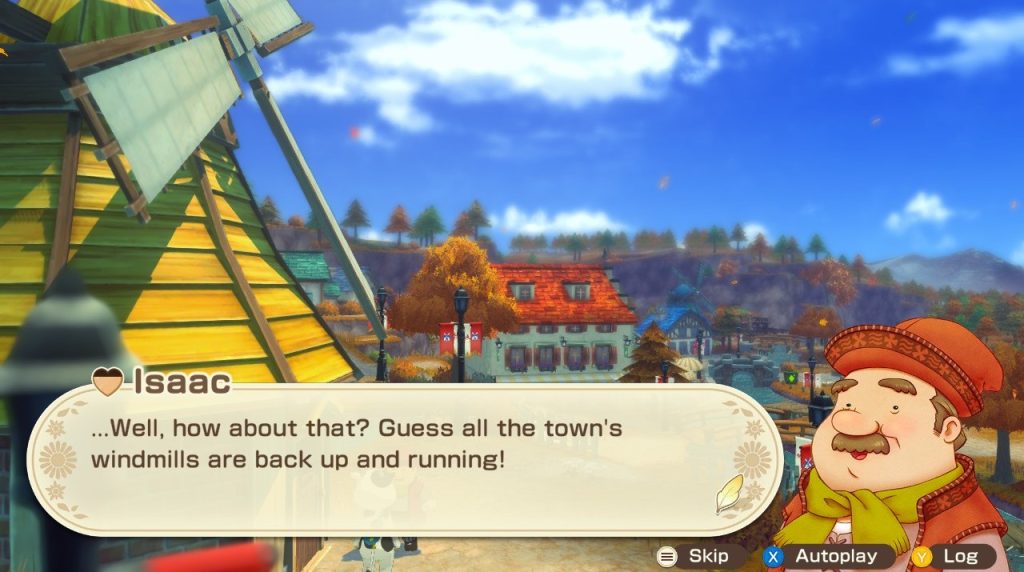
On days when the wind is calm you’ll be waiting some time for the production line to clear. On windy days, your goods will develop at a steady pace. And on stormy days, it all moves along rather quickly. This adds a bit of strategy for choosing which goods to craft. On a very windy day, you might choose to focus on items that usually take longer to make, taking advantage of the accellerated crafting times. But your area of concentration will almost always be defined by current market trends, which change each month, ensuring that you vary up the kind of items you produce.
Selling is done every Saturday at the bazaar, with the shipping bin of old having been totally cast aside. You can still take some goods to Miguel, the proprietor of the local general store, if you’re short on cash, but you really want to save most stuff for bazaar day. The more sales you complete, the faster the town’s bazaar ranking grows. You’ll find that some mechanics and even story bits are gated behind bazaar progression. Fortunately, the bazaar minigame is quite fun though not overly complicated.
You have a limited number of item slots in your stall’s stock menu, meaning you’re going to want to place a higher number of expensive goods for sale, taking into account the current trending items (so sense in focusing on yogurt if cheeses is the hot item, even if the former nets large profits). Unfortunately, the gap between how fast trending items sell versus non-trending ones isn’t very large. There was rarely a time when I didn’t sell out of my stock, even when I sold mostly non-trending goods. This is a departure from the DS original which, as I understand it, often left you with product left unsold at the end of each Bazaar day. I sort of wish there was a greater incentive to focus on trending items.
Regardless, the fact that anything you put up for sale will inevitably sell makes for a rather speedy main story, as plot progression is tied to advancing your Bazaar rank. There’s something to be said for a farming game that respects your time and allows you to wrap the main quest within the first year. It’s just that I enjoyed my time with Grand Bazaar so much, I actually found myself wishing the main plot had dragged out a little longer, something I rarely find myself wishing for as a real-life father of two with a full-time job and a wife.
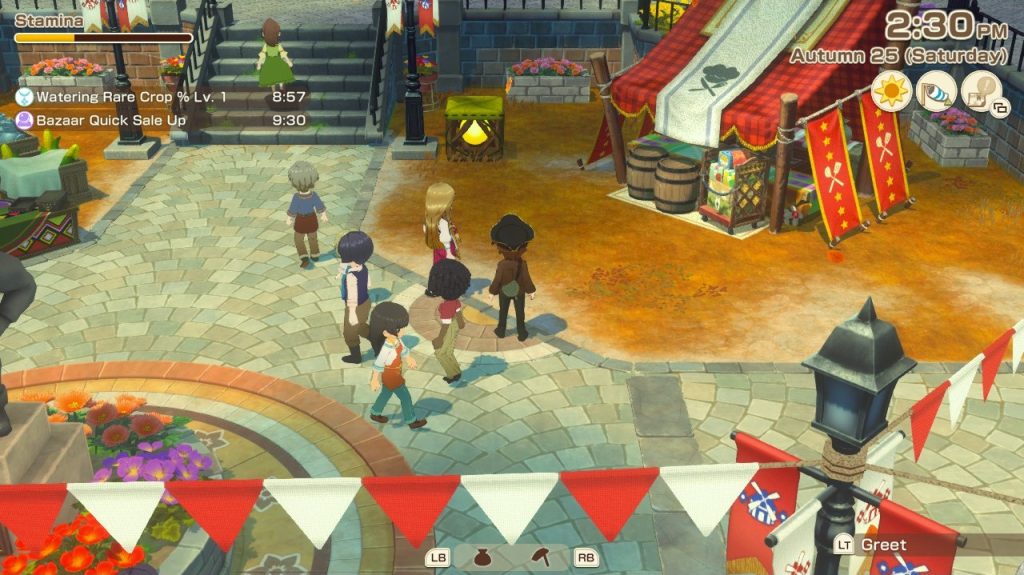
Writing & Characters
The plot isn’t anything revolutionary for Story of Seasons, as it follows the classic formula. You arrive to take over the abandoned farm north of Zephyr Town. As you settle in, you learn the town used to be something of a legend for the success of its bazaar, but it’s recently fallen onto hard times and has been all but forgotten. It’s your job to help turn that around. There’s some additional emotional beats regarding the mayor and the previous inhabitant of your farm that is satisfying to see the resolution to, but it’s nothing groundbreaking.
Two new marriage candidates have joined the cast, Arata and Diana. As someone who never played the original DS game, the new characters are right at home with the mainstays. I never once felt they were out of place.
The characters in general are all well-written and endearing—perhaps not as charming as the ones from the classic games (honestly, it might be my nostalgia bias showing), but still a marked improvement over entries like Pioneers of Olive Town. It’s evident Marvelous has discovered what works here.
Performance, Visuals, & Sound Design
Firstly this is the best looking Story of Seasons game ever made. Graphical impressiveness has never been a selling point of farming sims, but when the target hardware allows, it’s never a bad thing to have. Although many of the animal and character designs are rather simple, there is a level of detail in the overall world that you don’t typically see in Story of Seasons.

The soundtrack is quite enjoyable. The main themes for each season are memorable, with the winter one being my favorite (that one’s going on my Christmas playlist). There’s some variety in the tracks as well, with the music shifting upon nightfall and on rainy days (although the latter sounds a bit too much like Praise & Worship music for my tastes). The collector’s edition comes with the soundtrack on CD, and that alone made me feel better about buying a game I had no idea I’d end up loving so much.
For the first time, Story of Seasons has fully voiced cutscenes. This isn’t something I can say I ever wanted, but it’s certainly welcome. Each member of the cast is well suited for their roles, with the line deliveries for Mayor Felix (voiced by Brent Mukai), perhaps being my favorite.
Final Thoughts
I can confidently say that Grand Bazaar is the best entry in the series, making it my go-to recommendation for new-comers to the series. It seems Marvelous put a lot more passion and care into it than their previous remakes (although, I would never suggest they disrespected the source material for the others). I have to wonder what made them dedicate a larger budget to this title (no other Story of Seasons game has featured a fully voiced cast, after all). Was tbe DS original the favorite of some producer? Or did they simply see a Grand opportunity to enhance a title that previously failed to capture the fanbase? Either way, they’ve successfully enthralled the community with this attempt. Reception to Grand Bazaar has been overwhelmingly positive amongst farming sim addicts, with many—myself included—claiming they haven’t been so hooked by a game since Stardew Valley.
Grand Bazaar filled a role in my life that video games have not for half a decade now. It was the game I kept thinking about when I felt obligated to play other titles. And it utterly consumed my free time. I found myself playing every night after the family went to bed, often realizing with dread that it was 2 AM and I needed to put it down. This might sound like typical gaming to the average college-aged enthusiast. But, at thirty-six, I simply don’t do this anymore. My free time is precious, so I tend to apply it to more productive pursuits. Grand Bazaar would not allow that, however. It needed to be played. And I enjoyed every second of it.


